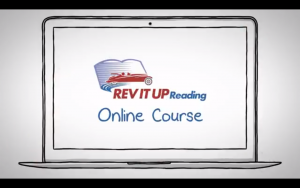When you were a student and told to write a paper, you dutifully went about doing your research and coming up with a thesis statement. Then, before jumping into writing your magnificent paper, you created an organizational structure, otherwise known as an “outline.”
Believe it or not, this information helps you be a better reader of non-fiction, or factual material. (Sorry but fiction doesn’t have such organization.) As an author of non-fiction and educator of reading, I see about 95% or more of the published info we read – including how-to books, magazines and newspapers – is basically written as fleshed-out outlines. Knowing this means you can get the “meat” or main ideas by reading just the outline.
So where is the outline? It is located in:
- the first few paragraphs or introduction,
- the last few paragraphs or conclusion,
- headings, and most importantly
- THE FIRST SENTENCE OF EVERY PARAGRAPH.
In addition, there is other info to be found in pictures, captions, bullet points, and bold and italics print. But if you want to get the main ideas quickly, read just the first sentences of paragraphs and see what you find. You will be pleasantly surprised how much info you can pick up by “cheat” reading!*
* Use “cheat” reading as:
- a weeding tool to decide whether or not you even want to read something.
- an introduction to the reading – once you know the outline, you will know where the reading is going and where you want to spend your time.
- a review when you think you need to re- read – cheat read instead.

 ENTER NOW
ENTER NOW